Filter on
human behavior research categories

A closer look at eye contact
Infant siblings of children with or without ASD participated in a study to determine whether gaze behavior showed during a test with an unfamiliar examiner could predict gaze behavior in a more naturalistic context.

Shopping behavior - what can we measure in a retail environment?
Shopping ambience conditions such as light, sound, and smell are thought to affect shoppers’ browsing behavior and can increase sales due to impulse buying.

PCIT: Parent-Child Interaction Therapy
What is Parent-Child Interaction Therapy? It helps improve family dynamics by working to reduce negative behavior and interactions, and to practice new behaviors and ways of communicating that are more encouraging.

How botulinum toxin affects facial expression
For the past twenty years, the demand for cosmetic procedures to the face has increased drastically. New technologies have become available that make it possible to look ‘better and younger’.
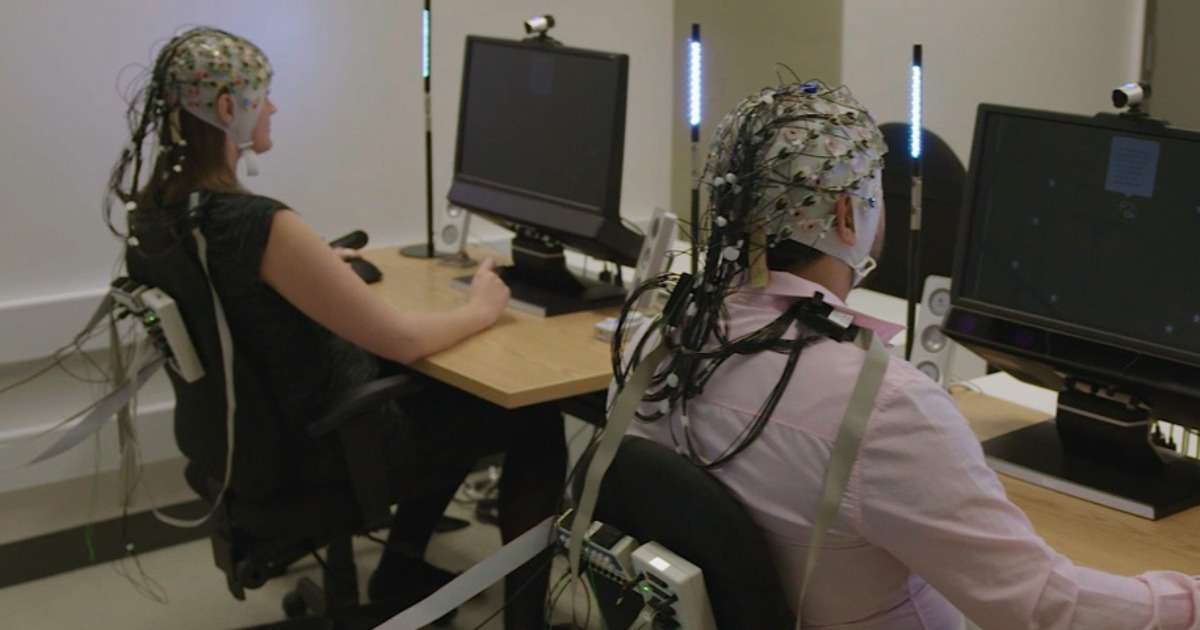
What is Biometric Research?
Biometric research is the study of subconscious processes related to attention, cognition, emotion, and physiological arousal.

Analysis of facial expressions of emotions in children
The study described in this guest blog post focuses on the facial expressions of emotions induced by affective stimuli in children aged between 7 and 14.

Three UX Lab examples with the latest UX research tools
A UX Lab is used for usability testing and user experience research. Users are observed in a specific environment while interacting with a product or system. Most UX research is conducted in state-of-the-art UX labs.
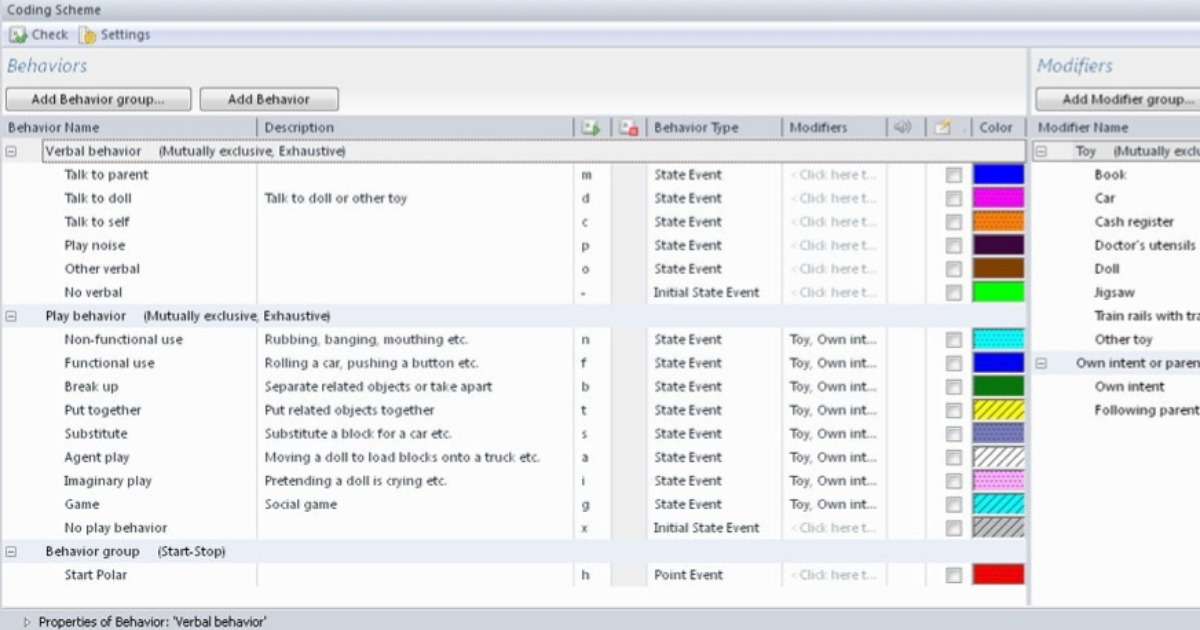
7 Tips how to set up a coding scheme
The coding scheme or ethogram determines what data you collect and is, thus, an essential part of your behavioral study. Tips to set up a coding scheme (+free white paper with all 7 tips to set-up your coding scheme).

Evaluating the effectiveness of simulation in healthcare
Teamwork is important in many occupations but it is crucial when working under pressure. Most of us can only imagine how stressful it could be when working as a fire fighter or operating room nurse.

Can facial expressions and emotional reactions predict likeliness to buy?
Think about some of your favorite holiday foods – what are they? Maybe gingerbread, candy canes, or pies?
Filter on
animal behavior research categories

Flower preference in solitary bees
Mason bees are fascinating and friendly creatures. Tibor Bukovinszky and his colleagues investigated how their foraging behavior affects their offspring.
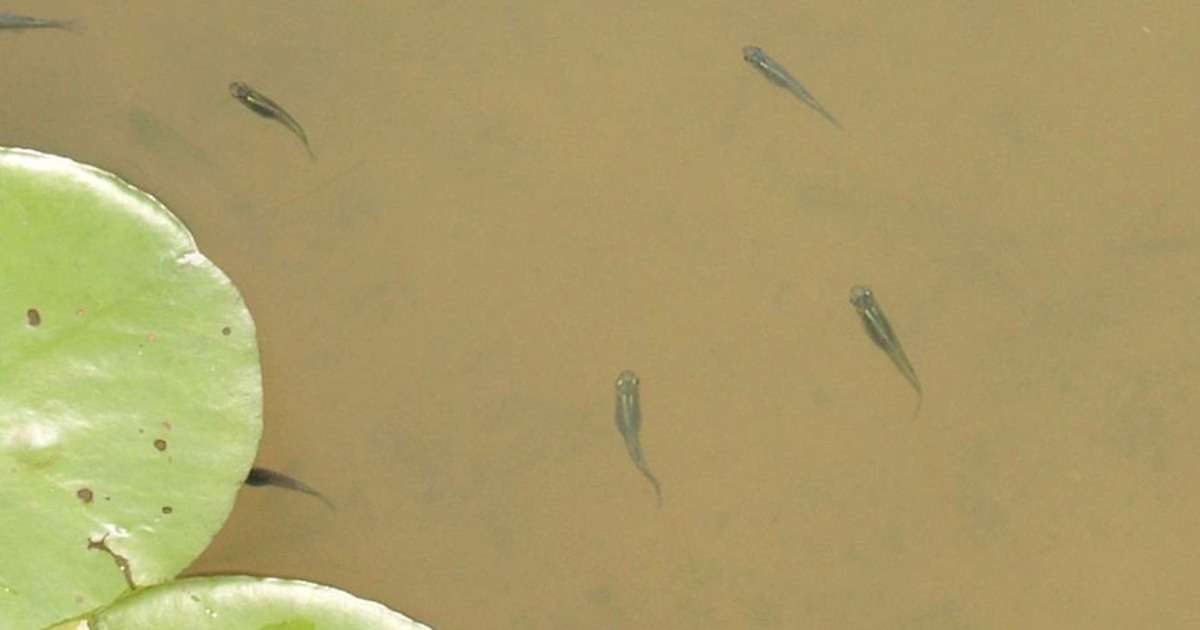
Time is of the essence in fish studies
You recently moved into your new house. How do you feel? How do you act in this new space? The answers may depend on how long you have lived there…
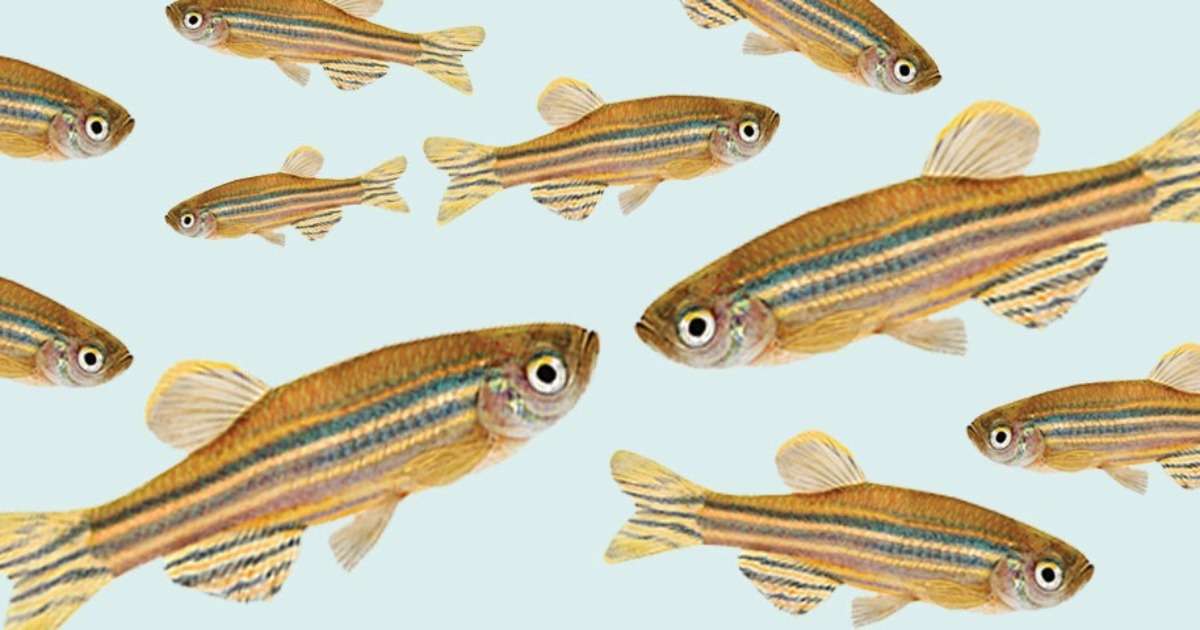
Social buffering in zebrafish
Shared sorrow is half a sorrow, according to the old proverb. New research indicates that social support is not only important for us humans, but also for zebrafish!
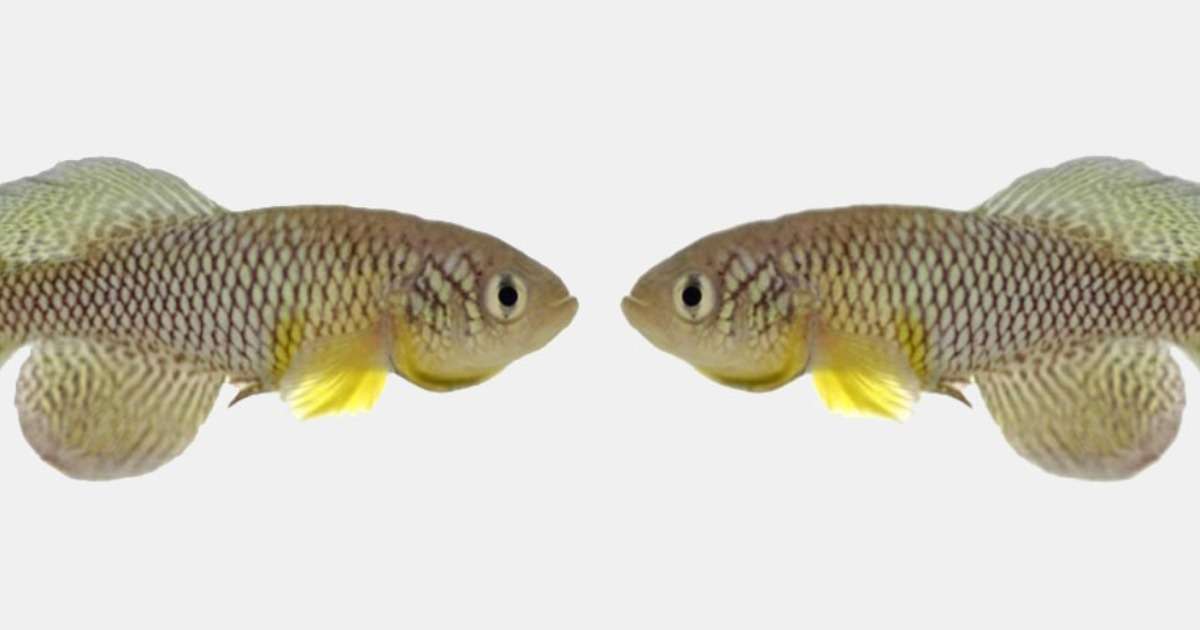
Fish live longer and are more active after eating “young poo”
Have you got the guts for it? Well, I hope you at least have the gut bacteria for it.
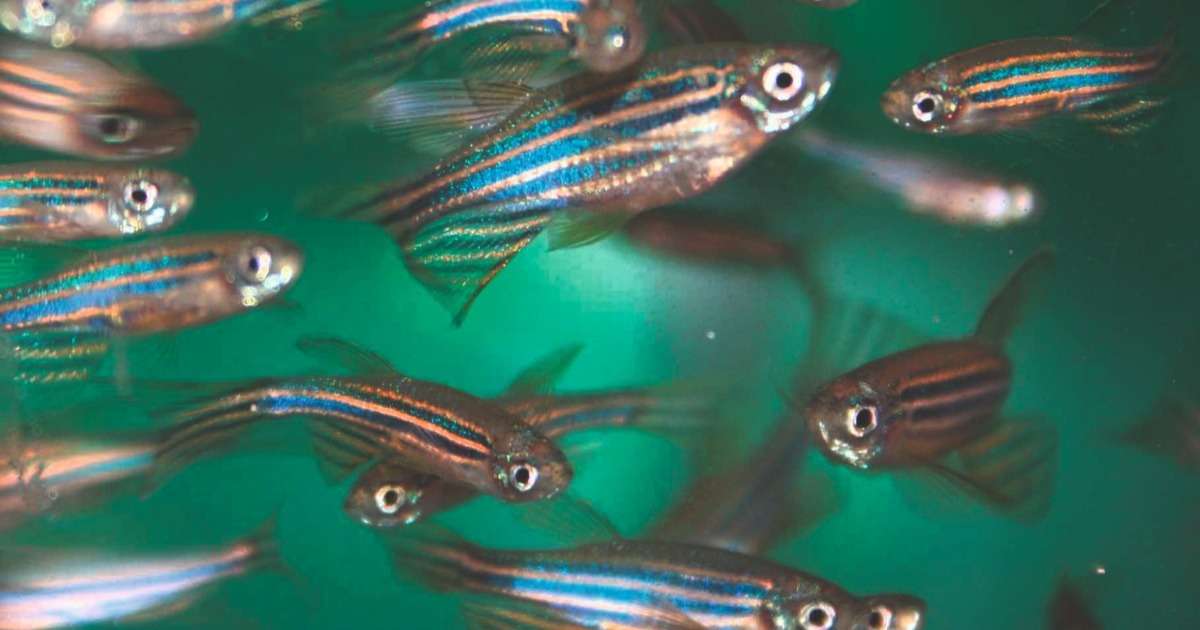
Isolated and stressed zebrafish as a model for major depression
Depression: a fifth (!) of us cope with it, making it the most prevalent psychiatric disorder. Prof. Gerlai recently investigated the interaction between mild stress and developmental isolation in zebrafish models.
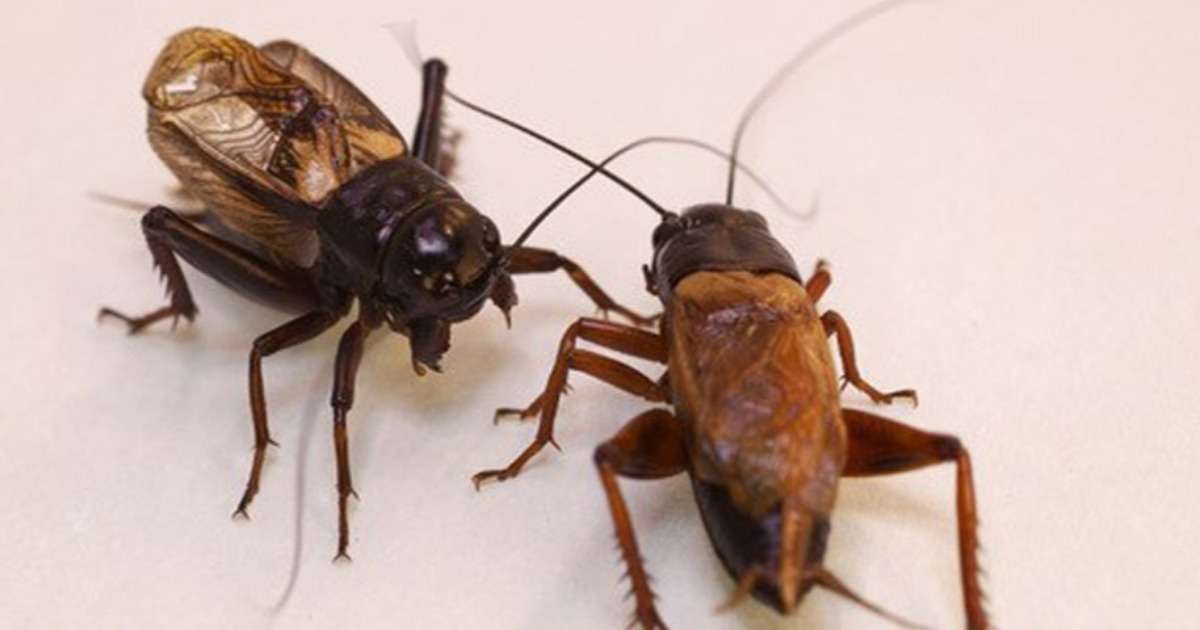
Dynamic winners and sluggish losers
We all know the phenomenon: some have it all. Look around a classroom and you see immediately who gets all the attention and who doesn’t, who are “winners”, and who are “losers”. Are we born this way, or do we learn it?
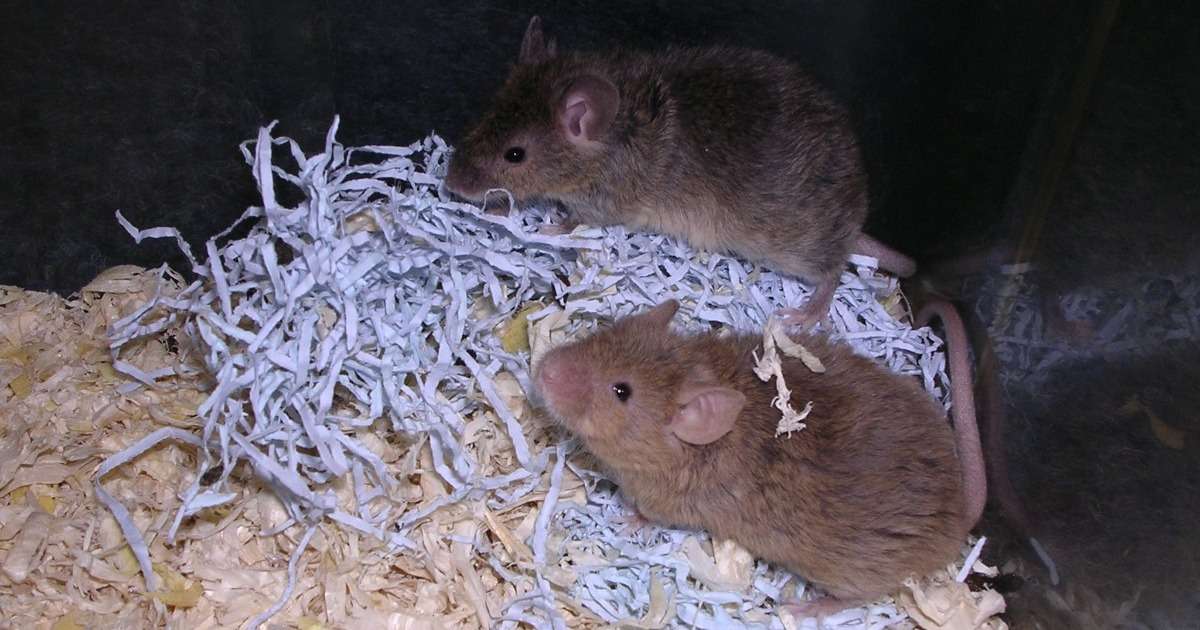
Spatial and odor memory impaired mice – new model for Alzheimer’s
Plaques and tangles… those of you even remotely familiar with Alzheimer’s disease (AD) will immediately recognize these hallmarks. But they are linked to familial AD, while sporadic AD is far more common.

To be ravenous or to be social
Prosocial behavior, a voluntary behavior to benefit another, is an interesting concept from an evolutionary point of view. At first sight it may seem logical to be social.
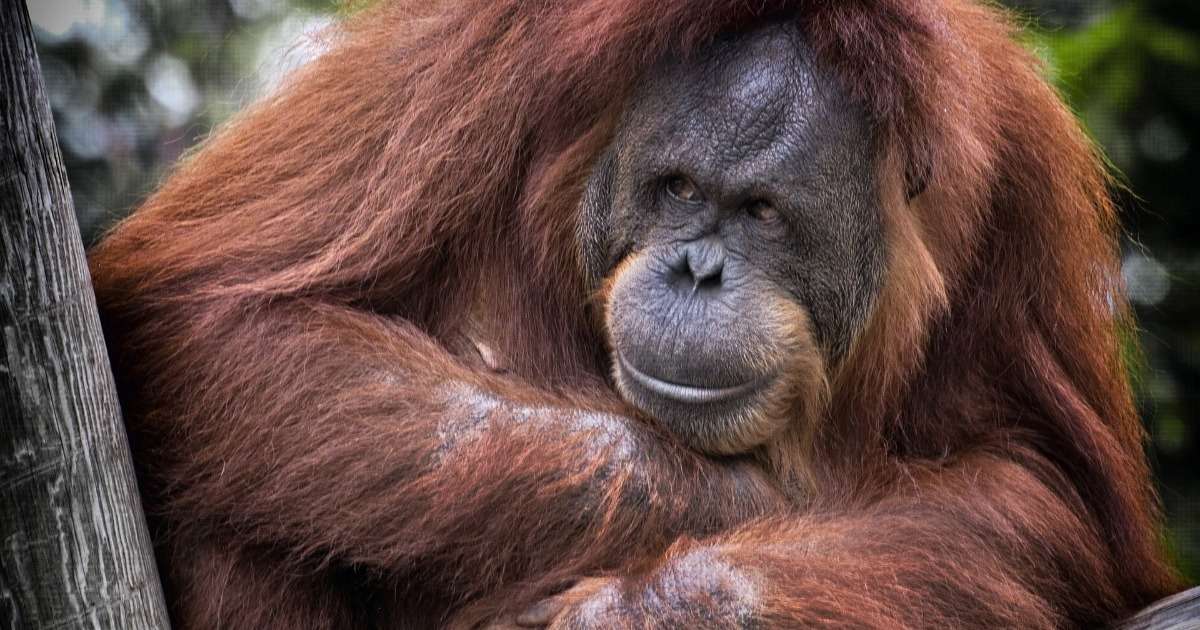
Free-choice digital interactive enrichment and human-animal interaction
Great apes have fast reflex, gazes, and movements: The Observer XT’s features allow frame by frame coding and accurate data integration.

How obese mice get moving
By a showing of hands: how many of you started this New Year with the resolution to get moving? Burn off those extra holiday calories, or finally really get in shape?
